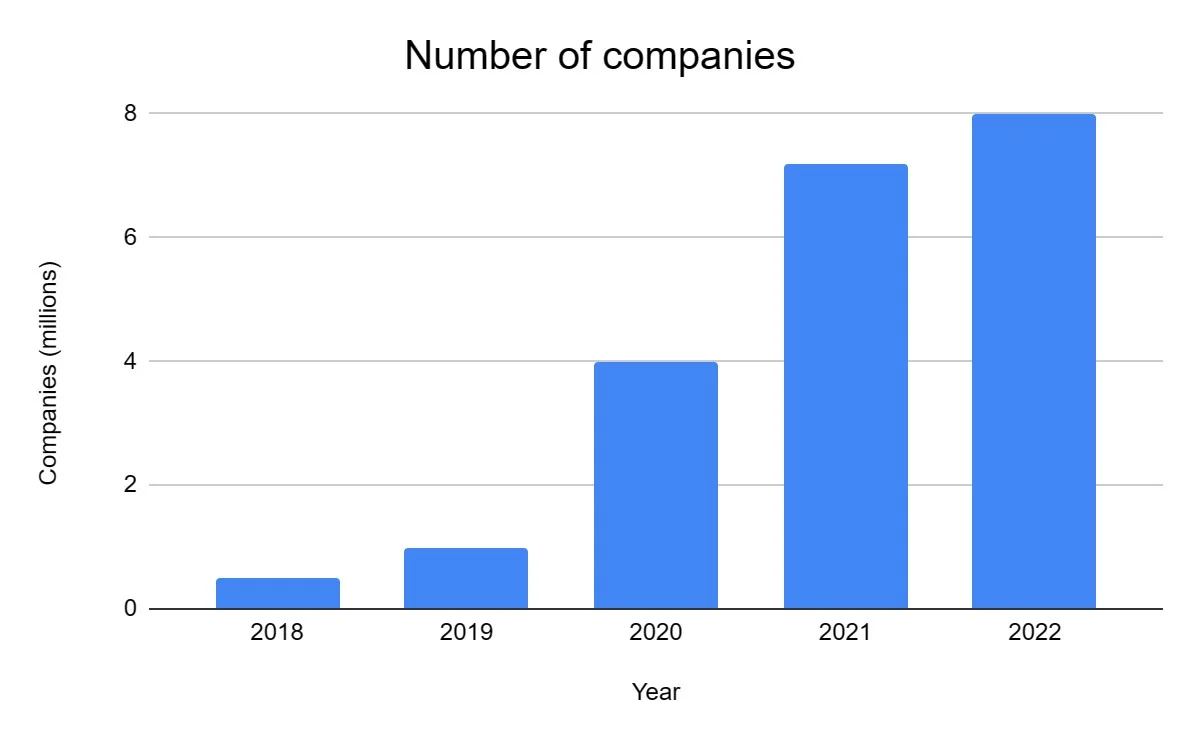Scrum, Agile Modelling and Crystal Clear are some of the most widely used methods. We will compare and contrast how a collocated team and distributed software development work with Agile methodology applied. Colocation help teams to discuss and iron out their differences at each stage of the project and work productively and efficiently. The delays arising due to difference in time zones or non-availability of reliable communication tools can be minimized, when teams are sitting together and discussing the problem face to face. They are able to arrive at corrections and decisions faster than communicating virtually or waiting for mails from their other team member located on the other side of the globe. It is needless to say that a well-managed team contributes to the success in the project and helps to streamline the development process.

I visited a company last year who were really keen to adopt Scrum. They were completely new to the Scrum framework and so they consulted external Agile Coaches. These Agile Coaches told the leadership team that they were not able to do Scrum because not all employees were working in the same physical location. As the leadership team were so eager to adopt Scrum, employees were given the option of either moving with their families to a centralised location, or to take redundancy. As a consequence, a large number of people left the company and had to look for a job elsewhere.
The Controversy Around Open Landscape Offices
Osmotic communications seem to be great for teams working together, but less applicable when you are not sitting with your team. Or, when the work you are doing is individual and not team-based. When people need to focus on individual heads down work, interruptions and conversations can kill productivity and stifle creativity.
This includeswhy you should not use Scrum with your distributed team, and howagile transformations can be derailed by lack of co-location. After finishing build team culture the book Deep Work by Cal Newport, I’m beginning to rethink my position. What’s your experience about working in co-located and remote teams?
Why ‘Going Agile’ Can Scare People
I hardly ever hear of this model without the satellite person getting increasingly detached. If their work is very autonomous, that will reduce the problem. It is also wise to ensure satellite people make regular visits to the onsite team, at least a couple of times a month. Not just does remoteness avoid questions of permanent relocation, it also provides a lot more options to individuals, particularly when working from home in a remote-first model. People value the fact that it’s easy to pick up children from school, avoiding the waste of time and energy in a commute, and the pleasant environment. Given that women often take on care-giving work that makes it harder to spend time in an office, it may also help improve diversity.
In this case, don’t use the tool in an attempt to drive consensus. Instead, gain consensus through conversation and then have the “driver” send out a synopsis to all participants afterward. The benefits of using Google Docs and a shared large account on a large screen in the team room is that the work product is always available for inspection https://www.globalcloudteam.com/ without any team member needing to be online. Our final team is the same Virginia team that tried using Google Hangout. Over the few years they have been in business, they tried several products for project documentation. They found that most tools had too many features for what they needed and there was a revolt against the existing toolset.
Do We Really Need Co-Located Teams?
I think we should not undermine the importance of physical human interaction. Remote teams will hardly be as joyful and effective as co-located teams. It’s that feeling when you are coming to work because you are looking forward to meeting people that you know, respect and like, to work together on some cool new goal. In my previous distributed team, one of the colleagues wanted to introduceBehaviour Driven Development concept to the team and change the way how we formulated requirements and wrote tests.
- Again, Type 2 teams are similar to Type 5 teams, differing only in whether team members work for the same organisation or have similar cultural backgrounds.
- Yes, people were nice and we did good work, but there was something lacking.
- The fact that you can get a better team by supporting a remote working pattern has become increasingly important during my time in the software business and I expect its importance to keep growing.
- If your company is also interested in a cloud computing solution, colocation provides a way to smoothly transition.
It took a different kind of leadership to make this happen on the teams, and ultimately took effort from leaders and team members to be effective. However, you should never forget that there might be people who would prefer to work remotely. Be open and transparent about your “why” and involve the employees in the decision-making process, motivating and strengthening the engagement. On the one hand, you want to encourage communication and interaction between team members, but, on the other hand, you need to make sure that there are not too many people on the team.
Risk Management
As long as the formality is scaled based on need, group sketching is the most powerful collaborative tool a team has. Paired with a very small amount of standardization around what various symbols mean; communication, agreement, and discussion can happen even faster. Even when we managed to minimize the amount of data we tracked, we found that we started running out of large monitors very quickly.

With almost no barriers to communication, agility can flourish. We call Jotto the “shared understanding company” because these are the problems we want to help solve. The other downside is you have to double up leadership, and it can be complex and expensive to find leaders who share the right values, strategic alignment, and capabilities.
Work those keys ↓↓↓
I can’t take 100 software development teams and analyze whether remoteness affects productivity in any quantitative way. People make anecdotal statements such as “I feel more productive in a co-located team” but that’s not great evidence. But despite that it’s not great, it’s the only evidence we have. Before understanding the benefits of Colocation teams it is very important to realize the issues with distributed teams. A distributed team is one in which the team members or resources are located at separate locations.

Both teams require proper management in terms of communication, progress tracking, timely delivery, and quality. In order to bring customer satisfaction, this matter should be highly prioritized during all stages of software development. In colocated teams, people are already familiar with each other and trust factor is always there. This familiarity ensures early involvement of testers in software development project.
Welcome to Product Thinking by me, Kyle Evans. Writer, thinker, podcast host and product leader. Woodworker and…
Never forget there are different distribution patterns for teams, not just a simple remote versus co-located dichotomy. The advantages, disadvantages, and effective techniques for multi-site teams will often differ from remote-first work. Another factor is that there are so many other factors that make a team work well. If someone is saying they are more effective on a single-site team, that may be because other factors are in play compared to different teams. One way to reduce this problem is to pay special attention to teams that have changed their distribution pattern, such as splitting from single-site to multi-site.

